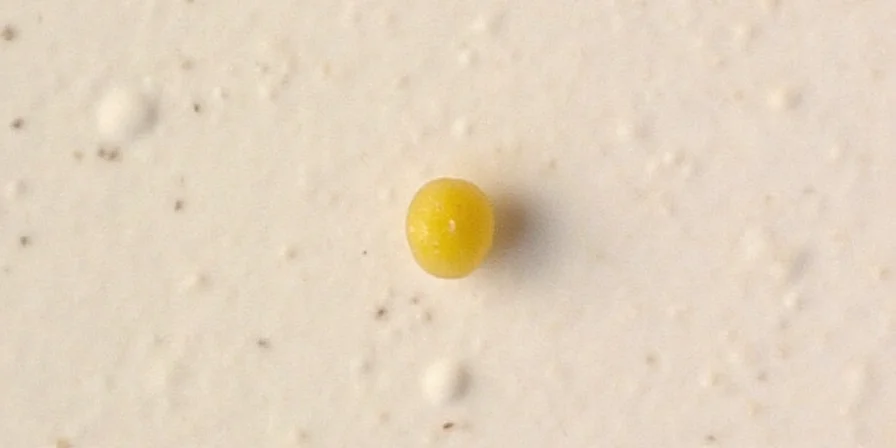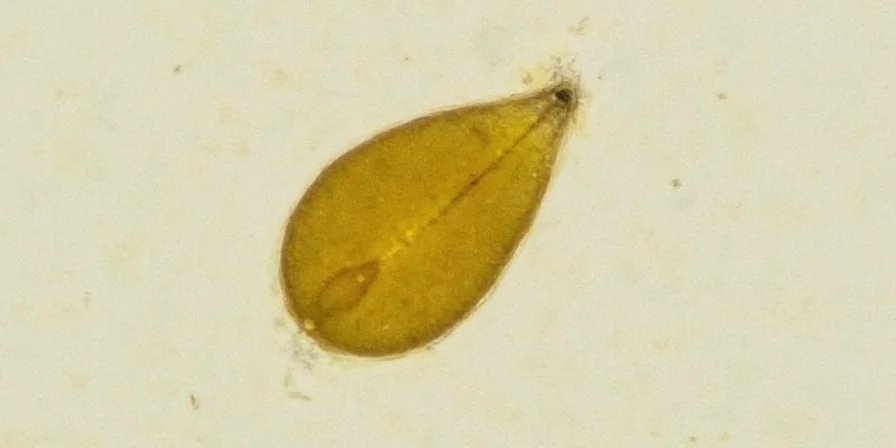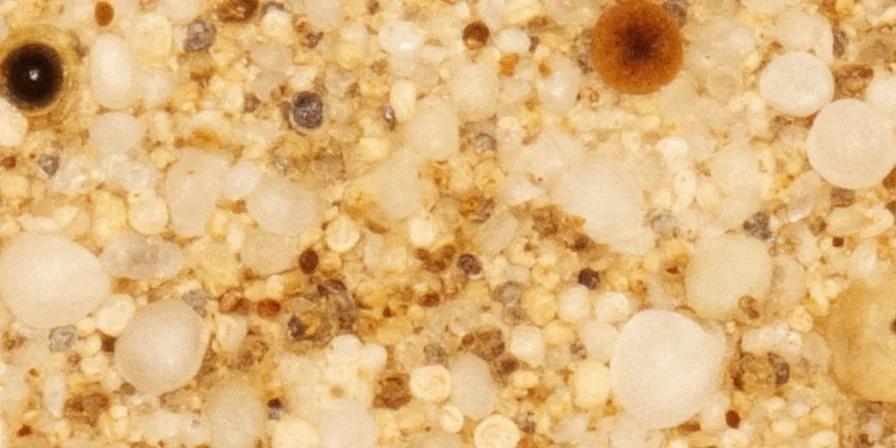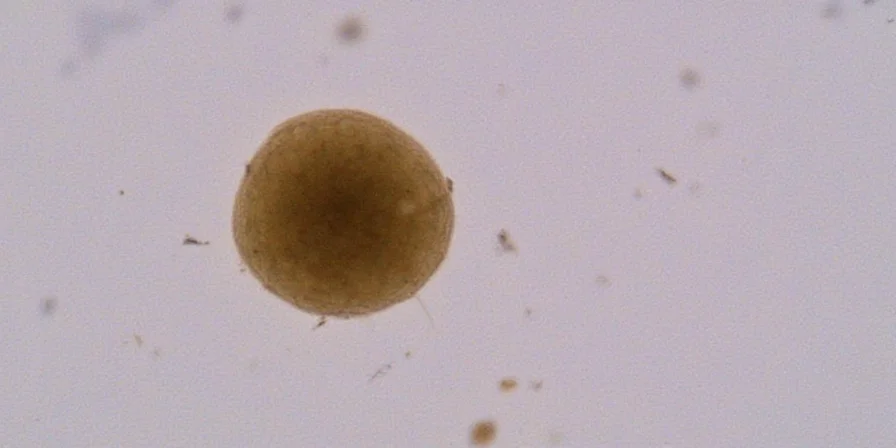How Big Is a Mustard Seed? Quick Answer
Mustard seeds range from 1.2 to 2.8 millimeters in diameter, depending on variety. Black mustard seeds are smallest (1.2-1.8mm), brown are medium (1.8-2.2mm), and yellow/white are largest (2.0-2.8mm). Ten black mustard seeds lined up measure about 1.5 centimeters - shorter than a standard paperclip.

Actual-size mustard seeds showing relative dimensions of different varieties.
Tiny But Mighty: Mustard Seed Size Comparison
Understanding mustard seed size helps you choose the right variety for your cooking needs. Here's how they compare to common kitchen items:
| Item | Average Size (mm) | Visual Comparison |
|---|---|---|
| Black mustard seed | 1.2 - 1.8 | Smallest variety, similar to fine sand |
| Brown mustard seed | 1.8 - 2.2 | Slightly larger than black, about sesame seed size |
| Yellow/white mustard seed | 2.0 - 2.8 | Largest variety, similar to small poppy seeds |
| Poppy seed | 0.5 - 1.0 | Smaller than all mustard seed varieties |
| Coarse salt grain | 0.8 - 1.2 | Smaller than black mustard seeds |
Practical Kitchen Implications of Mustard Seed Size
The size of mustard seeds directly affects how you use them in cooking:
- Smaller black seeds pop faster when heated - add them first when tempering spices
- Medium brown seeds offer balanced flavor - ideal for Indian curries and pickling
- Larger yellow seeds release flavor more slowly - best for prepared mustards
- Approximately 350 mustard seeds equals one teaspoon (fewer for yellow, more for black)

Mustard seeds next to common kitchen items for real-world size reference.
Why Size Matters for Cooking Results
Mustard seed size affects your cooking in three practical ways:
- Heating behavior - Smaller seeds pop at lower temperatures (160°C/320°F), while larger seeds require more heat
- Flavor release - Smaller seeds release pungent compounds faster when crushed
- Measurement consistency - 1 teaspoon of black mustard seeds contains about 20% more seeds than yellow seeds
Common Questions About Mustard Seed Size
How many mustard seeds are in a teaspoon?
About 320-380 seeds depending on variety. Black mustard seeds pack more densely (380/teaspoon) due to smaller size versus yellow seeds (320/teaspoon).
Why do mustard seeds pop when cooking?
Moisture inside the seed turns to steam at 160°C. The small size (1.2-2.8mm) creates the perfect pressure containment before popping.
Does seed size affect mustard flavor?
Yes. Smaller black seeds deliver sharper heat faster, while larger yellow seeds produce milder, more gradual flavor release.
How can I tell mustard seed varieties apart by size?
Black seeds are smallest and darkest, brown are medium-sized with reddish hue, yellow are largest and palest. When in doubt, compare to a grain of rice (about 6mm).
Do older mustard seeds shrink in size?
Slightly. Fresh seeds measure 10-15% larger due to moisture content. Properly stored seeds maintain size for 2-3 years.
Choosing the Right Mustard Seeds for Your Recipe
Based on size and flavor impact:
- For quick tempering - Use black mustard seeds (smaller size pops fastest)
- For pickling and preserves - Brown mustard seeds offer balanced flavor release
- For smooth mustard sauces - Yellow seeds grind more easily due to larger size
- For visual appeal - Mix varieties for interesting texture contrast

Different mustard seed varieties shown in a cooking pan with size-appropriate usage tips.
Final Size Reference Guide
Keep this quick reference in mind when shopping or cooking:
- Black mustard = smallest (1.2-1.8mm) = most pungent
- Brown mustard = medium (1.8-2.2mm) = balanced flavor
- Yellow mustard = largest (2.0-2.8mm) = mildest taste
When in doubt, compare to a standard paperclip (about 35mm long) - ten black mustard seeds together would be less than 5% of its length.











 浙公网安备
33010002000092号
浙公网安备
33010002000092号 浙B2-20120091-4
浙B2-20120091-4